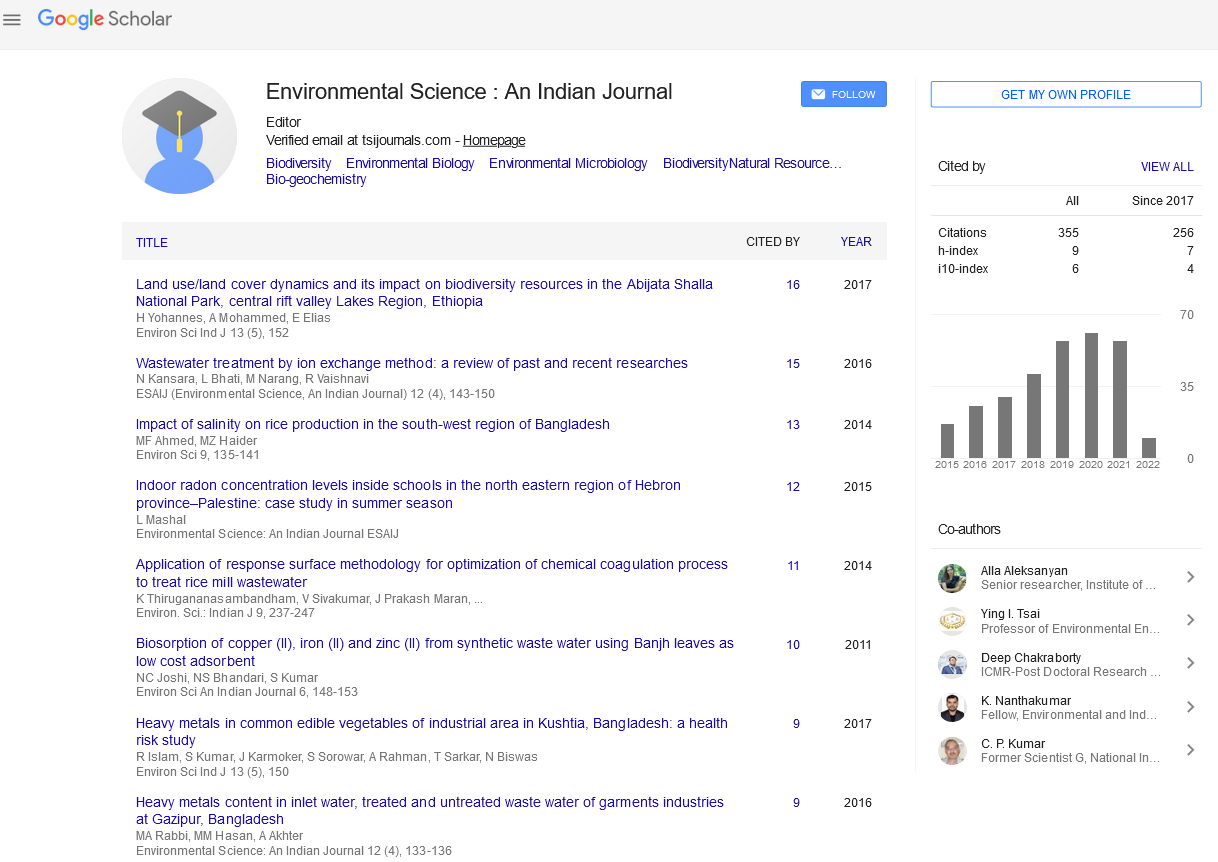Abstract
Role on wave refraction pattern for sediment transport along the south eastern coast of India
Author(s): S Saravanan, C Hentry, V Joevivek and N ChandrasekarRole on wave refraction pattern for sediment transport along the south eastern coast of India The objective of the paper was to understand the wave refraction pattern and littoral sediment transport along the south eastern coast of India. There are areas of erosion and accretion observed along the coastal stretch which depends primarily on the direction of wave approach, wave period and wave refraction pattern. In the near shore zone of present study area, the movement of sand along shore is due to the action of waves and currents. Wave refraction phenomenon is an important process responsible for effecting changes in coastal configuration. Refraction diagrams have therefore been prepared for wave periods of 8 and 10 seconds approaching from N 110�° and N 135�° by following the Tarangam Programme. This programme was developed in the National Institute of Oceanography, Goa, India. The wave refraction analysis has delineated the different wave energy conditions prevailing in the study area. There are areas of erosion and accretion observed along the coastal stretch which depends primarily on the direction of wave approach, wave period and wave refraction pattern. Based on this study, wave convergent and divergent zone are identified with reference to wave refraction. The long shore sediment transport is higher in the northerly direction as compared to southerly direction. The present study of littoral sediment transport implies that the beaches of Kanyakumari, Navaladi, and Ovari have more transport rates. Adaptive management of marine mammal populations in response to changing Arctic conditions Adaptive Management is a discretionary, learning-based approach to structured decision making that can be used in conjunction with the NEPA and Federal permitting processes. Adaptive Management includes the following steps: Predict, mitigate, implement, monitor, and adapt. The Adaptive Management process considers appropriate adjustments to federal Actions (i.e., decisions related to the issuance of permits and authorizations under multiple statutes). It also can be used to suggest innovative mitigation and monitoring tools as the results of current mitigation and monitoring procedures, as well as new science, become better understood. What role does climate change play in developing an agile Adaptive Management strategy for Arctic marine mammal populations? This presentation examines tools for managing the uncertainty that is inherent in any decision-making process, and presents a decision framework for integrating uncertainty due to changing Arctic conditions into Adaptive Management strategies for Arctic marine mammal populations. Climate change impacts must be addressed over broad spatial and temporal scales, and consideration will need to shift from historic species assemblages to a broader range of ecosystem services. Potential climate change scenarios such as the reduced extent of sea ice and altered air and water temperature regimes must be used to guide active adaptive strategies that will become a part of everyday management decisions. Adaptive Management allows resource managers to test assumptions, adjust policy, and incorporate learning into future decision making and management goals. By implementing a process to integrate potential climate change scenarios into the management of marine mammal populations, policies can be enacted to enhance conservation of these populations that may be facing serious declines. These declines may bedue not only to climate change, but also to multiple stressors such as prey limitation and habitat reduction. Potential climate change scenarios, as they apply to polar bear and walrus, are presented to show how active Adaptive Management can close some of the uncertainty gaps by using feedback loops during monitoring and implementation.

